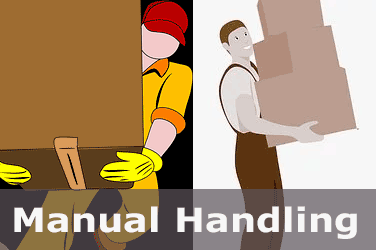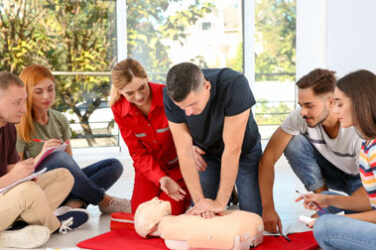Noise Assessment Training

All employers have a duty under health and safety law to reduce the risk of hearing damage to their employees by controlling exposure to noise. In many instances, noise exposure will be so low as to cause negligible risk and noise measurements are not warranted in certain situations.
However, it may be essential that a competent risk assessment is undertaken. In practice, much of the noise assessment and survey work which is routinely undertaken falls far short of the required standard. In fact, many ‘assessments’ are clearly inadequate and have been undertaken using suspect equipment and/or sampling techniques.
Employers must undertake a suitable and appropriate assessment of the risk arising from noise exposure. This is generally done by means of a detailed noise assessment which is undertaken by a suitably qualified and experienced assessor. The primary purpose of the risk assessment is to quantify the exposure levels and clarify what needs to be done to protect the health and safety of all employees who are exposed to noise. Noise measurements may not always be required, however, whenever any significant risk exists, it would be difficult to justify not using site-specific measurement data for an assessment.
This does not mean that every assessment will necessarily require a huge volume of measurement data. Moreover, it is generally a combination of reliable measurement and good interpretation that provides the real benefit. Some ‘assessments’ consist of a series of noise measurements and provide no interpretation and guidance. A good risk assessment will include a comprehensive set of data along with appropriate interpretation and conclusions.
The findings of the risk assessment must be adequately reported and an action plan should be developed to identify and document the steps taken to meet the requirements of the law- e.g. what has been already done, what needs to be done, an indicative timetable and clear identification of the individuals responsible for the work.
It is critical that the assessment has been drawn up by someone who is competent to carry out the task and is suitably qualified and experienced. Given that the assessor’s findings will be the foundation on which the company’s controls are built, it is important that they are reliable.
It is up to the employer to take reasonable steps to satisfy himself or herself that the assessment meets all necessary legal requirements, even if the assessment is carried out by someone outside the company (such as a consultant).
Unfortunately many companies learn that their risk assessments are inadequate or their consultants were not really competent when it is too late, for example, when dealing with a claim for occupational hearing loss. In fact a useful test for a company to apply would be to question whether their assessments or assessor would stand up to scrutiny by an expert in the field (or to a cross examination in a court of law). If you undertake noise surveys yourself or if you are responsible for interpreting and managing risk it is important that you keep up to date with your own professional development.
Like many aspects of safety management, in order to avoid pitfalls, it is imperative that noise survey and assessment work is undertaken by a competent person. In addition, individuals with responsibility for risk assessment and/or environmental noise management can benefit from a training course which enables them to interpret and evaluate environmental and workplace noise assessments. These courses will also enable participants to provide guidance and assistance in risk management as most companies will continue to have residual risk long after the assessment work has been completed.
The Institute of Acoustics (IOA) Certificate of Competence in Workplace Noise Assessment and Environmental Noise Measurement have been specifically developed to provide participants with the necessary training to ensure that they can competently perform their duties.
View Moloney & Associates Acoustic & Environmental Consultants on Findacourse.ie


